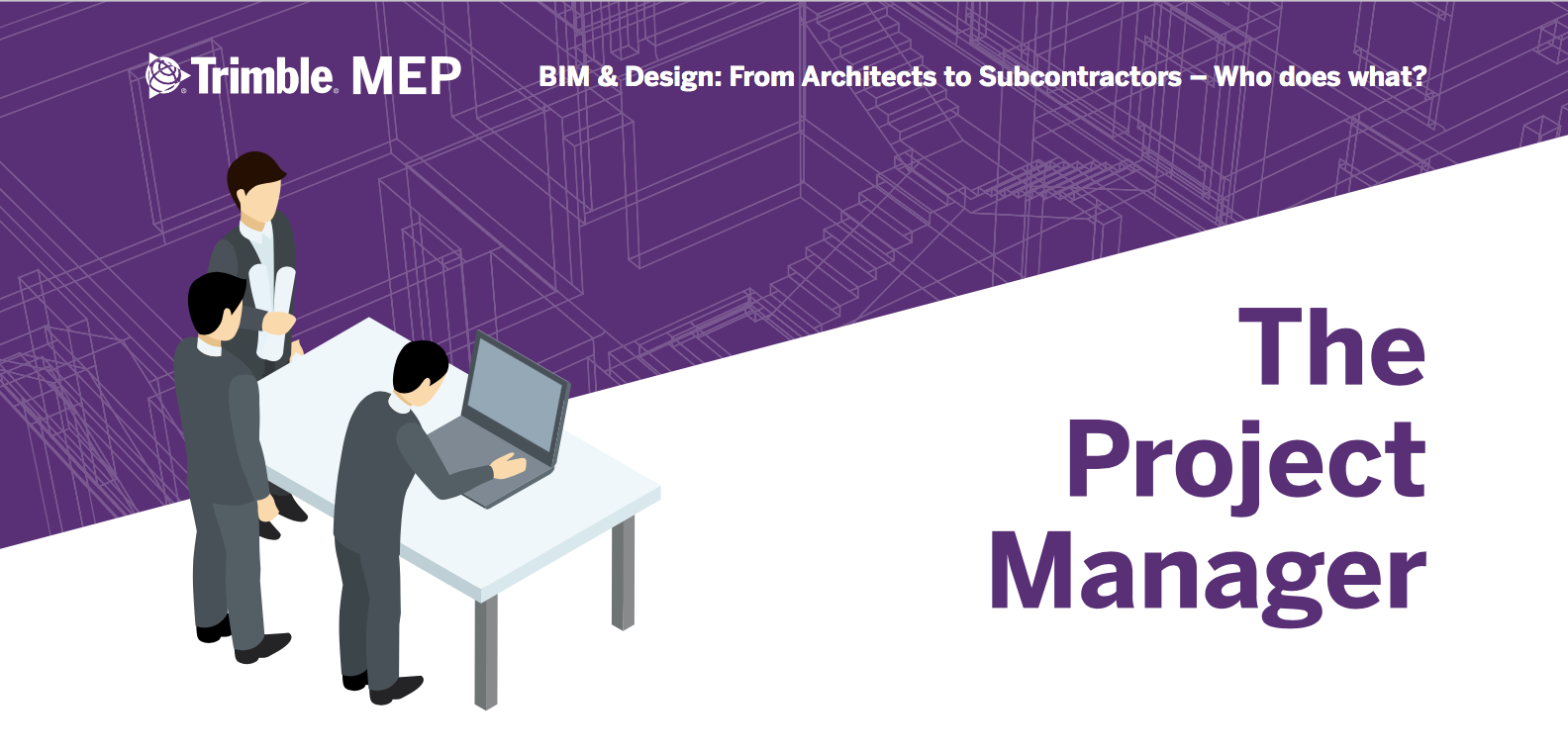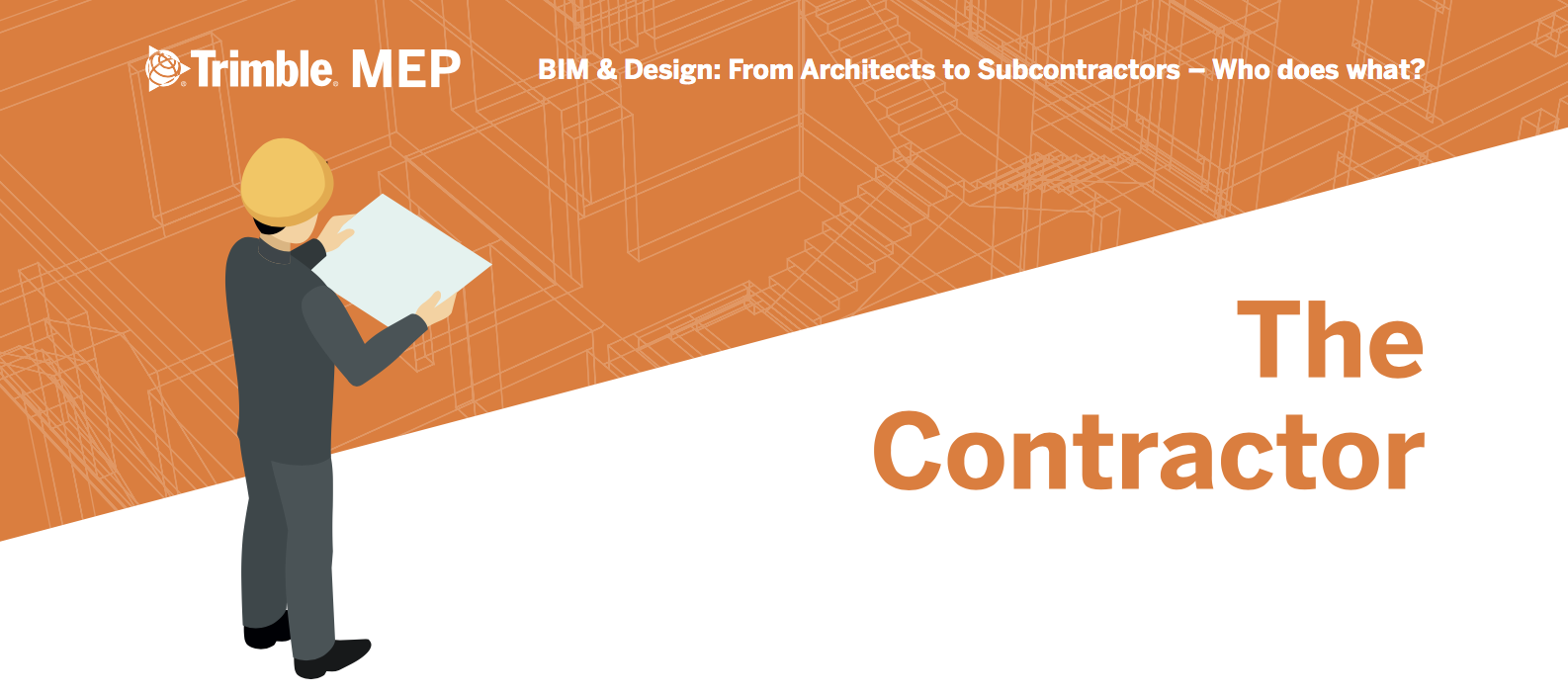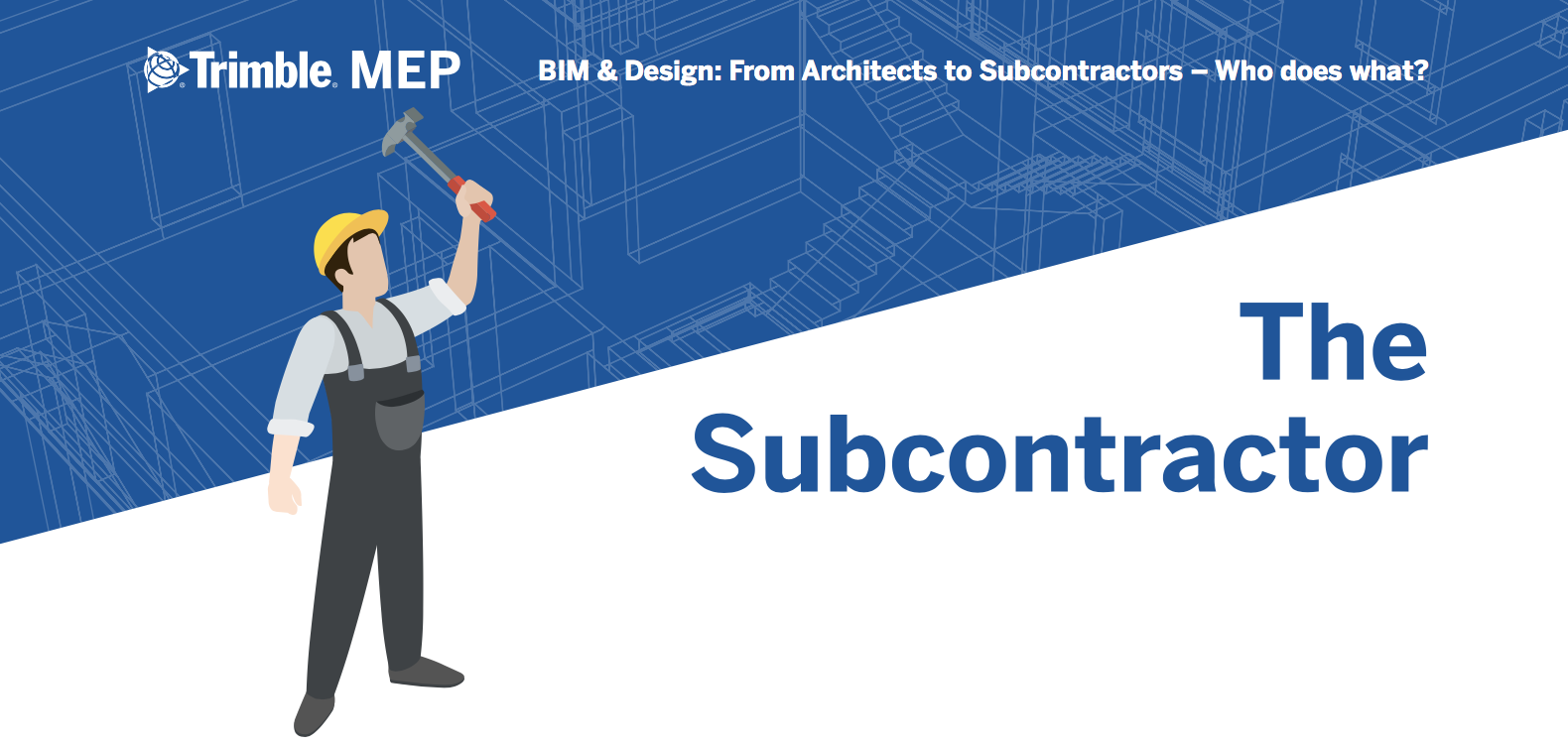UK, May 5, 2017.- Trimble MEP has developed the study: “BIM & Design: From Architects to Subcontractors – Who Does What ?”. From DOKA UK make reference to Trimble MEP and thank them for their insight and contribution to advancing Construction. We briefly summarize the interesting content of this analysis in three sections and recommend its complete reading:
Design for Life & How Does this Work & Why?
One of the most valuable additions BIM offers the AEC industry is an opportunity to work together more closely and concurrently than ever before. Historically, there has – all too often – been a perceived divide between architects and contractors, engineers and subcontractors. BIM can play a significant role in promoting collaboration between all project stakeholders, improving efficiency and profitability for all concerned – including clients. However, not every contractor and subcontractor feels yet inclined to assume the responsibility for promoting and championing BIM. Instead, there’s a degree of buck-passing among major stakeholders with each tending to view BIM implementation as the responsibility of someone else in the supply chain. Here we outline where each key stakeholder sits within the BIM design and build process, what impact BIM will have on the way they work and how everyone, at every stage, can benefit from working in a BIM environment. Now, the architect begins working on their model. When complete, the architectural model is then presented to the owner. They undertake a walkthrough of the model, during which the owner suggests a number of changes and o ers their thoughts on the architect’s vision of the nished project. Equipped with the owner’s feedback the architect can begin the design phase in earnest. As explained in BIM a definition: 4D BIM involves time-related data, such as information about scheduling (including lead times, installation and build phases) being added to the model and 5D BIM is, principally, about the inclusion of information that helps facilitate accurate cost estimates.

The Client & The Project manager
In countries like the UK (where BIM Level 2 became a mandatory requirement on all publicly procured projects in April 2016) Central Government clients have been briefed for a number of years on BIM and its bene ts. While there are private sector clients who are keen exponents of BIM, they are typically larger companies who fall under the umbrella of early adoption. For the most part, clients who are using BIM are doing so passively and with little or no awareness of the direct bene t to them.
Undoubtedly, if the true value of BIM is to be fully harnessed, then this needs to change. Clients can save considerable expense on projects at every stage using BIM. From design to lifecycle management (and even refurbishment), time and outlay expenditure can be minimised. However, until they are made aware of these savings and benefits in terms they understand, it’s unlikely that client demand will skyrocket in the short term.
Over a longer period, though, it’s likely that the bene ts of BIM for facilities management will become increasingly apparent. Coupled with clearer – client- focused – communication about the long term cost yield of reliable costing and lifecycle data, it’s likely this will usher in a sea change. As client demand grows, it’s more important than ever that everyone involved in the design process is already embracing BIM practices.
Arguably, one of te roles in te supply chain subject to the most change as a result of BIM, is that of the Project Manager. Whereas, previously, Project Managers may have been less involved in the process of detailed design, BIM makes it vital that they take a far more active role in ensuring the right questions are asked in order to keep the project in line with the common standards BIM demands.

One example of how BIM impacts upon project management is how it changes work ows. Whereas, previously, these relied upon multiple le formats and disparate procedures that often became disjointed, BIM ensures these are much more streamlined and facilitates a much more dynamic approach to project management. However, it also means that the design process becomes – if anything – a little longer and more detailed than before BIM. Ultimately, this adds value to the project because, the more information is embedded into the model, the more cost and coordination issues can be addressed prior to construction. Consequently, the need for back to the drawing-board re-workings are dramatically reduced (if not eradiated) and subsequent phases of the build should proceed far more smoothly
The Contractor & Subcontractor

Contractors stand to benefit a great deal from BIM. By using BIM, contractors are able to predict errors before they occur making it easier to plan budgets and orders right from initial tender. At this point, the contractor benefits from being able to demonstrate, visually, exactly how he intends to construct the project and how the design and cost reflect the needs of the client. In addition to this, detailed preparation and scrutiny of the model at tender stage enables the contractor to better understand and – where appropriate – challenge the architect’s original design. Pivotally, BIM also provides an opportunity for the greater supply chain to get involved at an earlier stage. They can each analyse and input ideas and suggestions prior to detailed design.
The construction industry, generally, is facing a skills shortage and subcontractors seem to be on the harsh end, particularly. It’s increasingly difficult to recruit the properly trained and experienced staff needed to complete highly skilled work on time and within budget. Undoubtedly, successful BIM implementation requires an investment in ‘skilling-up’ existing manpower or in taking on new staff. As a result, there’s a widely held perception that BIM is a not inconsiderable financial risk. Alongside this, there exists a resistance to changing long-held working practices in favour of what is often seen as a process driven by technology. However, handled well, BIM offers a great deal to subcontractors, not least the opportunity to win newer and bigger contracts by offering a broader portfolio of skills and expertise. That said, there’s still a decision to be made about whether any investment made is going to achieve ROI.

Subcontractors can feel like they have little influence in determining project strategy and outcomes. Instead, they often feel at the whim of the Architect, Contractor and/or Project Manager. There’s also a concern among subcontractors about their role within the BIM process, particularly when it comes to design. For example, MEP designers face a number of unique challenges when it comes to BIM adoption. While architects usually work in building models they’ve created themselves, MEP designers typically need to work on an existing model created by a third party. One of the biggest challenges they face are changes made to the model in response to the requirements of clients. Sometimes it’s just a door stop that has changed but sometimes entire installation voids are modified.Once again, these issue can be resolved by the incorporation of properly standardised and collaborative BIM at an early stage in the project. Far from proving an inconvenience, a proper BIM strategy, strategically implemented should help prevent a situation whereby contractors are able to pass risk down the supply chain.
Furthermore, when BIM is properly integrated into a project there needs to be an orderly pre-construction process, prior to design, and that requires subcontractors to be involved. This should provide a valuable opportunity for them to add value at an early stage. As well as helping subcontractors win more work, this will facilitate savings – in both time and money – through the avoidance of costly rework that might, otherwise, prove unavoidable.
More information:
Tel.: 0800 028 28 28







